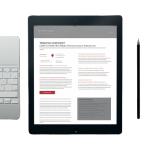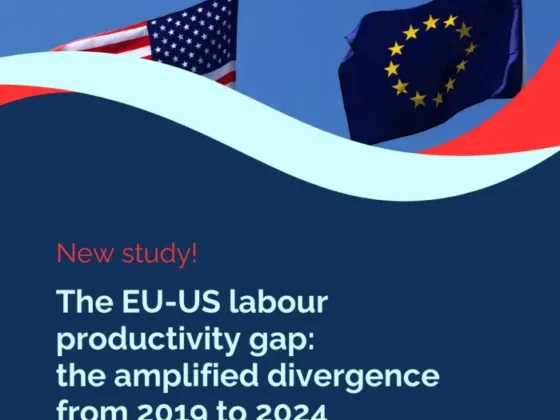
DALLAS, Texas—CBRE forecasted that revenue per available room (RevPAR) will continue to grow in 2025, as urban locations continue to outperform due to improved group and business travel and continued recovery of inbound international travel.
CBRE forecasts a 2.0 percent increase in RevPAR growth in 2025, with occupancy improving by 23 basis points and average daily rate (ADR) increasing by 1.6 percent. This projected growth indicates the continued recovery of the lodging industry, with RevPAR expected to be 16.6 percent higher in 2025 compared with pre-pandemic levels in 2019.
CBRE’s baseline forecast includes a 2.4 percent GDP growth rate and average inflation of 2.5 percent for 2025. Given the typically strong correlation between GDP and RevPAR growth, the relative strength of the economy will directly impact the lodging industry’s performance.
“The U.S. hotel market is poised for steady growth in 2025, primarily led by continued outperformance of the urban segment, which should experience RevPAR growth of 2.8 percent this year,” said Rachael Rothman, head of hotel research and data analytics, CBRE. “The sector’s resilience and the sustained demand for higher-priced hotels bode well for the upcoming year.”
With numerous events planned for the next few years including the 2026 FIFA World Cup held in the United States, Mexico, and Canada; the 2028 Summer Olympics in Los Angeles; and the United States’ 250th anniversary in 2026, along with the ongoing appeal of national parks, global gateway cities, and U.S. leisure destinations, CBRE projects RevPAR growth within the 1.5 percent to 3.5 percent range over the next several years, barring a recession.
“Despite existing cost pressures the U.S. hotel market fundamentals remaining robust, we anticipate a resurgence in investment activity in the latter half of 2025,” said Bill Grice, president, CBRE Hotels in the Americas. “With ample dry powder available and the potential for a lower Fed funds rate before year-end, we expect to see a narrowing of buyer and seller expectations, fueling increased transaction activity.”
CBRE expects restrained supply growth due to high financing and construction costs, averaging less than 1 percent over the next three years. Potential additional tariffs, labor shortages, or the Fed pulling back on further interest rate reductions could temper supply growth even more, enhancing pricing leverage and elevating replacement costs for existing assets.







